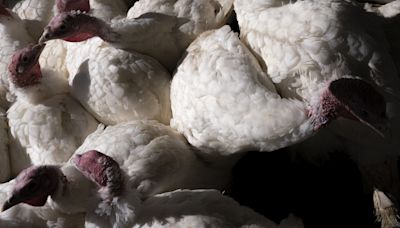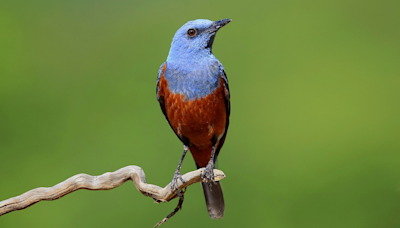Search results
pressreader.com
- Birds migrate to move from areas of low or decreasing resources to areas of high or increasing resources. The two primary resources being sought are food and nesting locations.
www.allaboutbirds.org › news › the-basics-how-why-and-where-of-bird-migration
People also ask
Why do birds migrate?
What is bird migration?
Are birds able to navigate during migration?
How do small birds migrate?
Aug 1, 2021 · Why do birds migrate? Birds migrate to move from areas of low or decreasing resources to areas of high or increasing resources. The two primary resources being sought are food and nesting locations.
- How Do Birds Prepare For Migration?
- How Do Birds Navigate?
- Do All Birds Migrate?
- Why Do Some Birds Migrate and Others Don’T?
- How Far Do Birds Migrate?
- An Unproven Theory
Long-distance migration is not something that birds can jump into without preparation. Some birds migrate slowly, stopping frequently to rest and feed along the way, while others, like barn swallows, can easily feed on the wing. There are birds that complete their entire migrations in a single flight, however, even flying over oceans where rest is ...
Bird migration can be a grueling feat, taking species as small as rufous hummingbirds thousands of miles to and from their breeding and overwintering grounds each year. The ability to return to the same areas year after year is just as astounding as the physical endurance required to get the birds there! Read on to learn some of the amazing ways th...
Most bird species do not migrate. Depending on the climate and latitude where you live, there could be more or fewer migratory birds than resident sedentary birds. Winters are too harsh to sustain most bird species in the Arctic and northern temperate regions, so most birds visit these areas in the summer. In more tropical regions, however, the var...
Many birds live in areas where the environment remains suitable all year long. A bird has no need to migrate if it is able to withstand the prevailing weather conditions and has access to a steady supply of food and water all year long. Some birds, like northern cardinals, are able to survive pretty far north without migrating. They are adapted to ...
Birds migrate different distances depending on their species and where their breeding and overwintering grounds are. Some species migrate only a few hundred miles or so, while others are capable of incredibly long flights, exceeding twelve thousand miles. The Arctic tern is known to have the longest migration of any bird. The two most common forms ...
Not all bird species migrate – in fact less than half of them do. Modern patterns of migration are also adapting due to climate change, with the timing of departure seemingly under flux as a result. If we consider other historical epochs when the earth’s climate changed, during ice ages for example, then another perspective arises for our considera...
May 5, 2021 · EXPLAINER. Bird migration is one of nature’s great wonders. Here’s how they do it. Some fly 11 days nonstop. Others trek 8,000 miles. Each year, thousands of bird species leave home in search of...
Apr 19, 2022 · Why birds undertake these seasonal journeys seems at first intuitive: They seek to improve their chances, and their offspring's chances, of survival. But how bird migration at first evolved has, in fact, long been a topic that scientists have debated.
- Jillian Mock
Bird migration. Bird migration is the regular seasonal movement, often north and south, along a flyway, between breeding and wintering grounds. Many species of bird migrate. Migration carries high costs in predation and mortality, including from hunting by humans, and is driven primarily by the availability of food.
The primary reason for migration is food availability. Food resources are most abundant in the spring and summer when longer days and brighter sunshine cause ice and snow to melt, plants to grow and flower, and dormant insects to emerge and reproduce.




